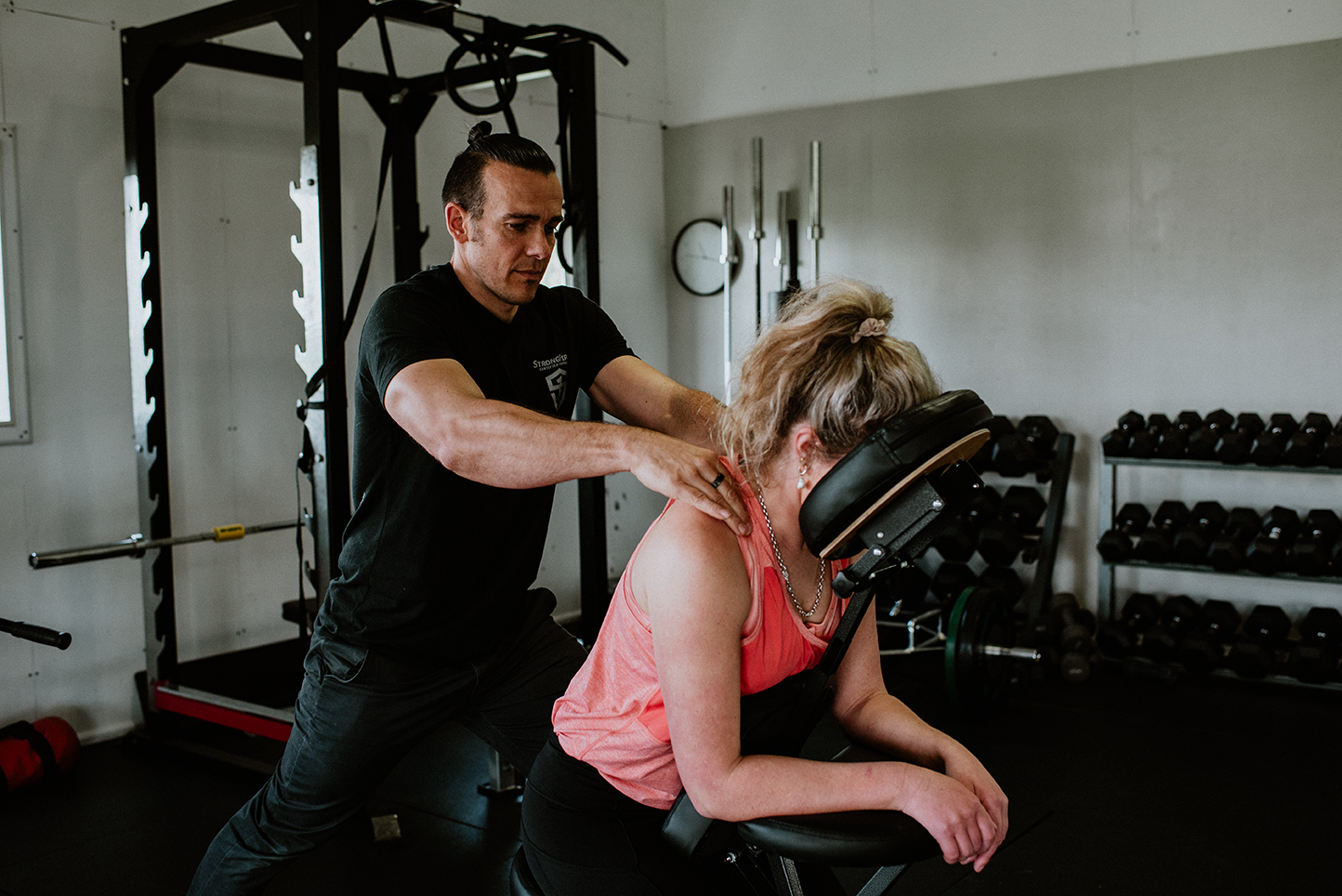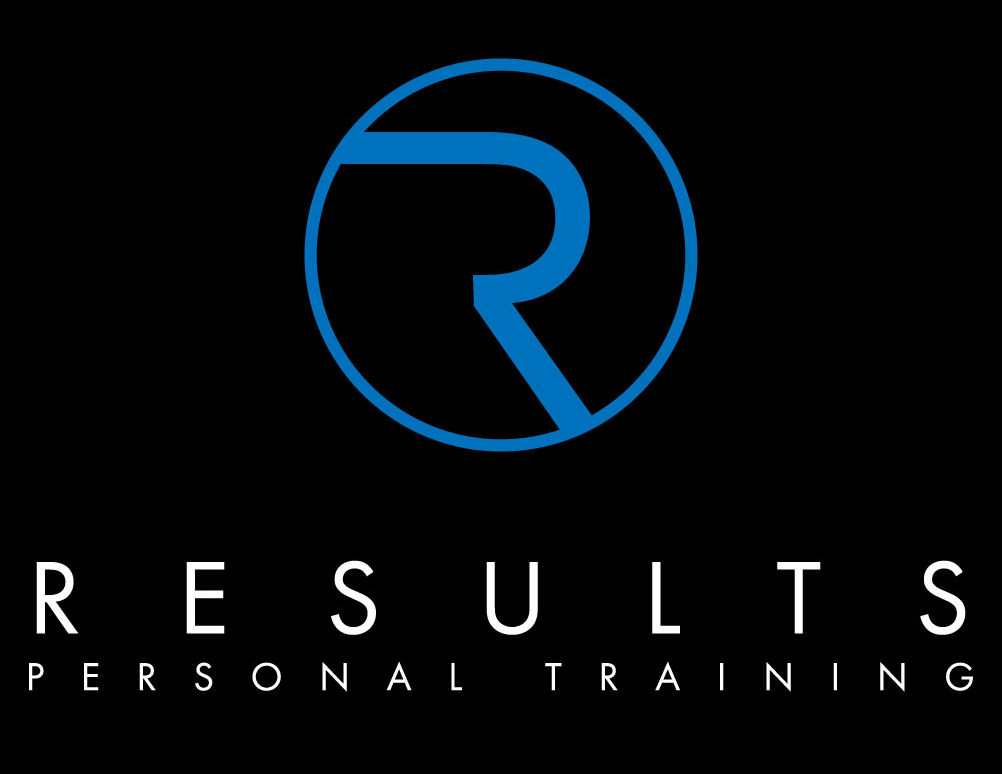7 Golden Rules of Training
Whether you’re looking to refine your training skills or push the limits, the following 7 rules are designed to help beginners and serve as a reminder to more advanced lifters.
Let’s dive in and explore how to get the most out of your training and enhance your performance with these essentials
1 – Warming up, mobility and activation

Before diving into the intensity of training it is important to take some time to prepare your body properly.
The warm up should activate the cardiovascular system, lubricate and mobilise joints and light up the central nervous system in preparation for lifting.
For most people focusing on mobility of the ankles, hips, and thoracic spine will go a long way. In turn activating musculature such as the core and glutes often drives performance and safety as these muscles often become inhibited or weakened by our lifestyles.
On top of this, incorporating movements that mimic the patterns of the workout can enhance muscle memory and neuromuscular activation
The ultimate goal of the warm up is to reduce the risk of injury and prepare the body which in turn will lead to better performance
2 – Form is King
I see too many people compromising on form in order to lift heavier weights. Though it may be tempting to increase the load at whatever cost, it really doesn’t play out well in the long run.
Poor technique will lead to inefficiency and injury. I would argue that the ‘gold’ in training is in good technique. Respecting the principles of alignment and correct biomechanics even if it means going ‘lighter’ will without question of a doubt lead to better results and outcomes.
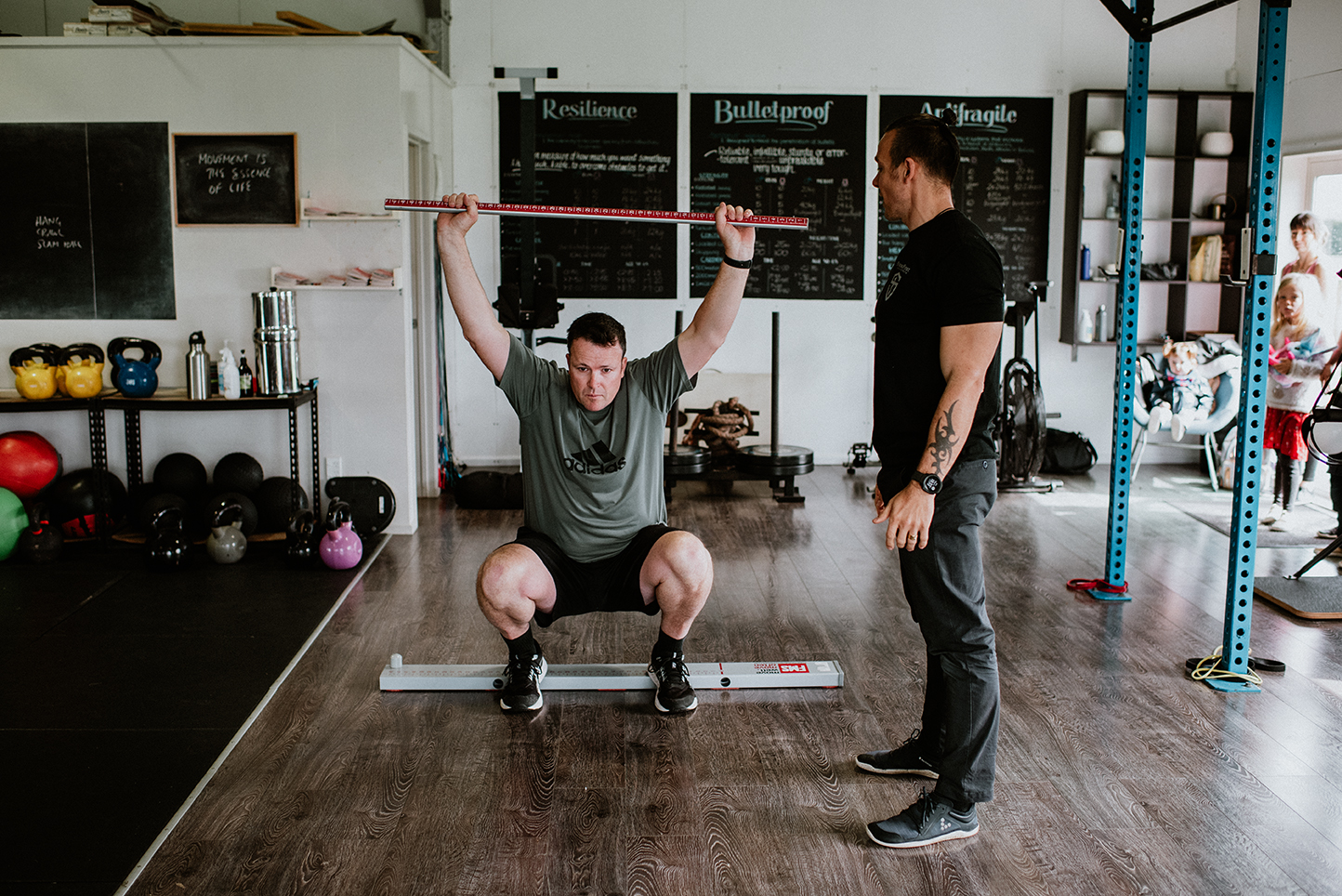
3 – Master the hip hinge
The hip hinge is not only the foundation of many exercises but it is also something we humans do… a lot !
Hip bridging, deadlifts, swings, cleans, snatches are all part of the hip hinging family. Outside of the gym walking, running, jumping, climbing, picking up your kids, picking up your kids toys, most bending and all sports (maybe not darts) is a form of the hip hinge.
Experienced lifters know that refining your hip hinge technique will not only give you the ability to produce more power and strength but done correctly is the exercise that will save your spine.
Side note – hip hinging performed incorrectly is the exercise that will do nothing but piss your spine off. For most people the benefits far exceed the risks of not doing some hip hinging. The key is to master the technique. I highly recommend getting a PT even if it’s for one or two sessions to simply learn the language of lifting.
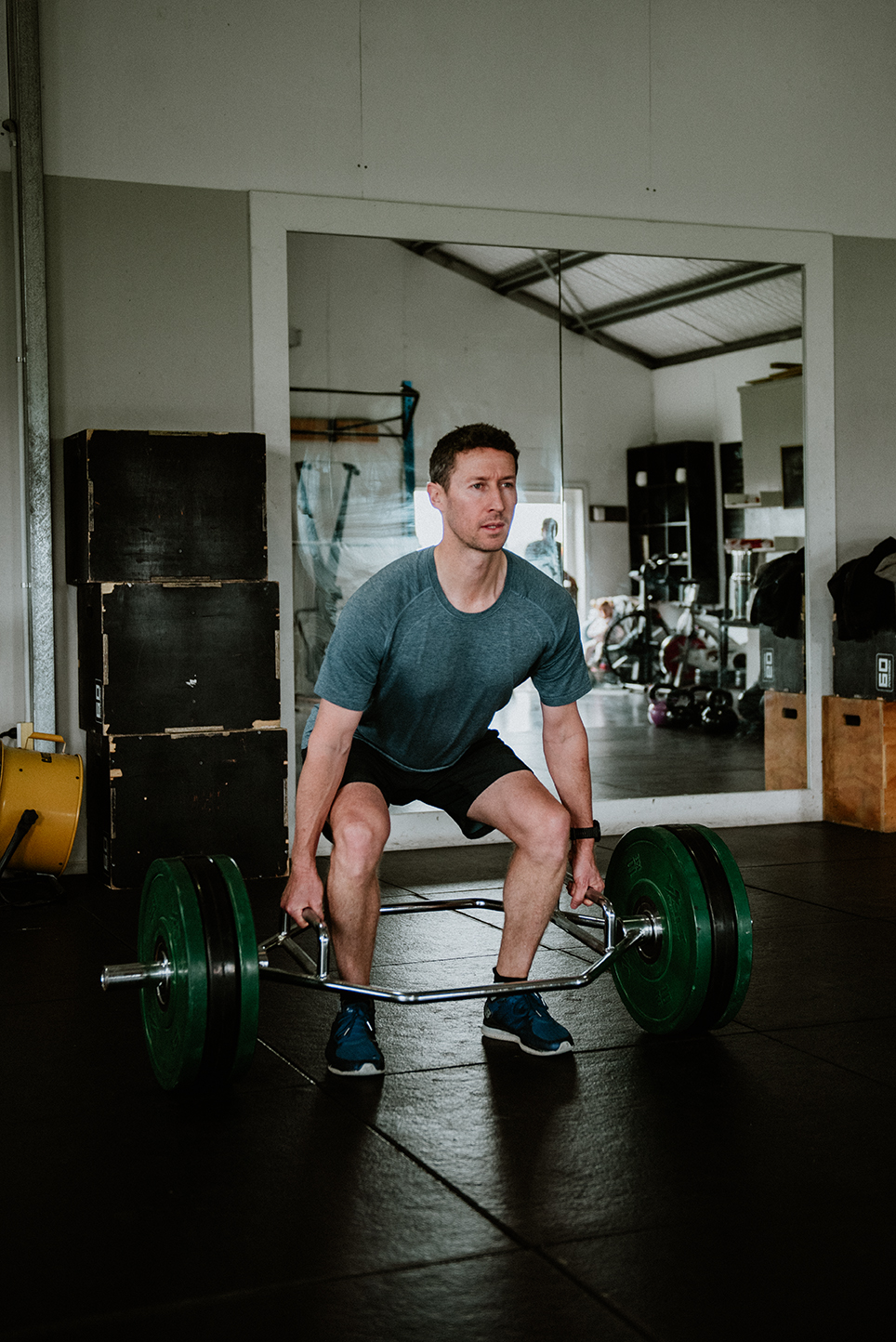
4 – Breathe
Breath control not only stabilises the spine but it also increases performance, especially power and endurance. \
In training terms we generally talk about two types of breathing techniques..
- Biomechanical breathing where you exhale on the exertion and inhale on the recovery. As mentioned this type of breathing leads to a stabilised spine, more power and strength and better endurance
- Anatomical breathing where you naturally match the inhalation and exhalation with extension and flexion of the spine and body. This type of breathing is often used in stretching, where the exhale is used to enhance the relaxation into stretch

5 – Brace your core
A braced core makes for a strong and stable spine. Your core is the stabiliser for near-enough all major lifts in the gym. It has two major functions (1) to spare the spine (2) it works as a force transferer from the lower body to the upper body and vice versa.
Inefficient core strength/control will lead to energy leaks, lack of coordination and ultimately injury.
A key take-away with core training is the concept of movement prevention. As the core’s primary responsibility is to stabilise, training should therefore be driven by the prevention of movement.
For example a plank is anti-extension. Gravity is pulling you down and you are trying to resist that movement
A side plank is anti-lateral flexion
Shoulder taps, renegade rows and bird-dogs are all examples of anti-rotation
6 – Smart progress
Even as an advanced lifter, it is imperative to progress in a well structured manner that allows for progressive overload.
There are many ways to progress and exercise. You can increase range of motion, increase the weight, the reps, the sets. You can decrease the resting time from exercise to exercise. You can take any exercise and make it harder.
Let’s take the push up…
Level 1 – incline push up
Level 2 – push up
Level 3 – push up with one leg raised
Level 4 – push up with hands on unstable surface (such as balls)
Level 5 – push up with both hands and feet on unstable surfaces
Level 6 – incline single arm push ups
Level 7 – single arm push ups
Level 8 – clapping push ups
And the list goes on
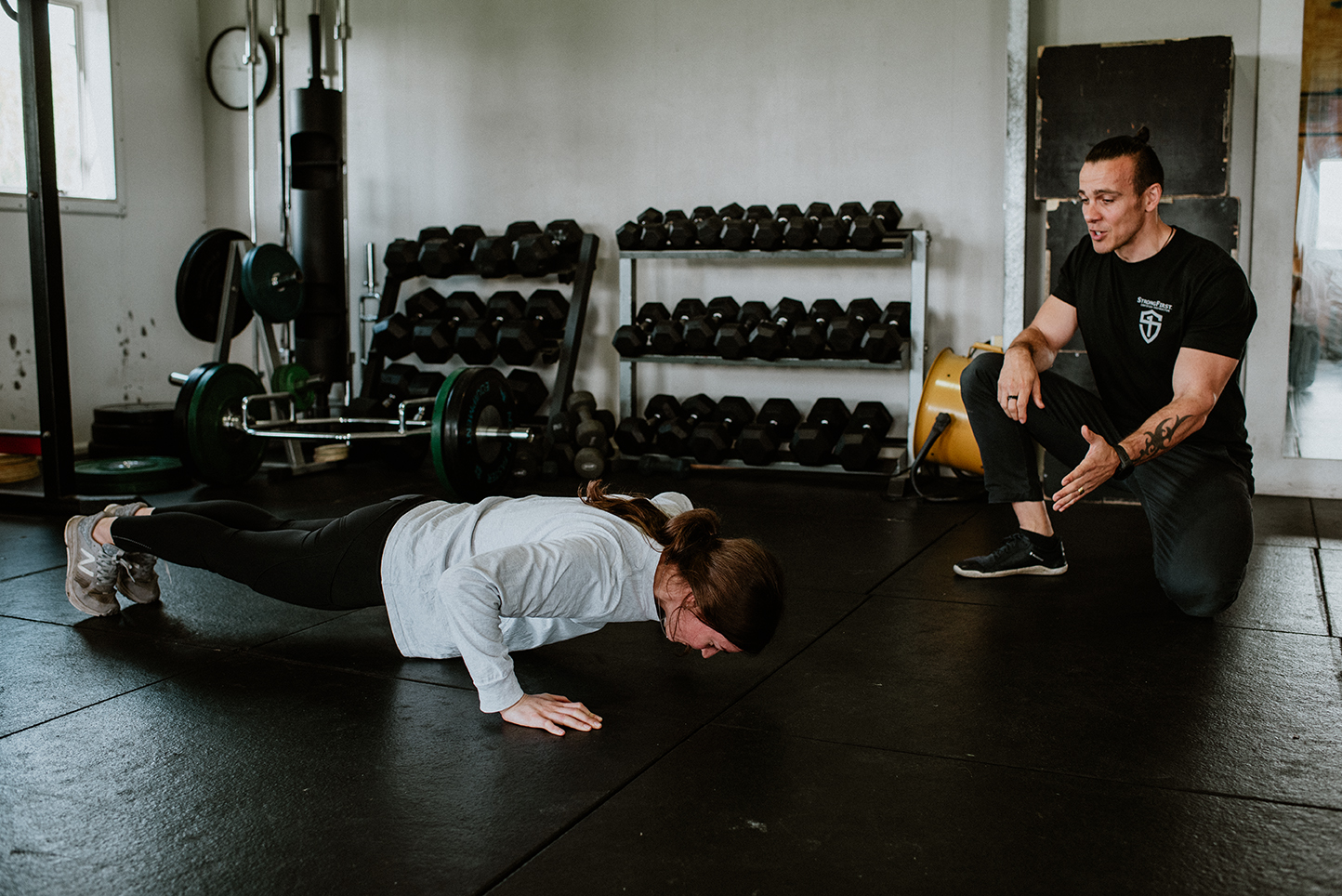
7 – Listen to your body
No one knows you better than you do
At the start of every workout with my clients my first question is always how do you feel and how does your body feel ?
No matter what I have written down as the program there is always scope to change the plan. If the plan says heavy squats but you just had a big weekend of football and your legs are aching then we’re going to change the plan.
This is the personal part of personal training. I suggest you don’t treat yourself in a cookie cutter manner either. Learn to listen to your body. If you’re feeling tired, consider an easier workout, maybe some stretching or light recovery work.
